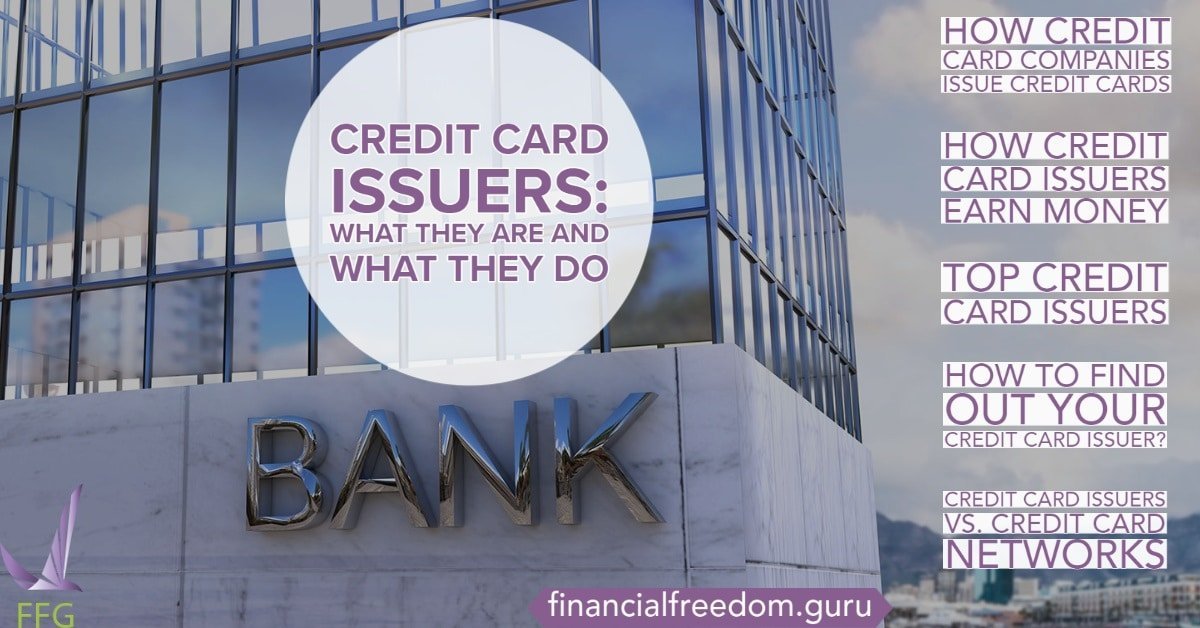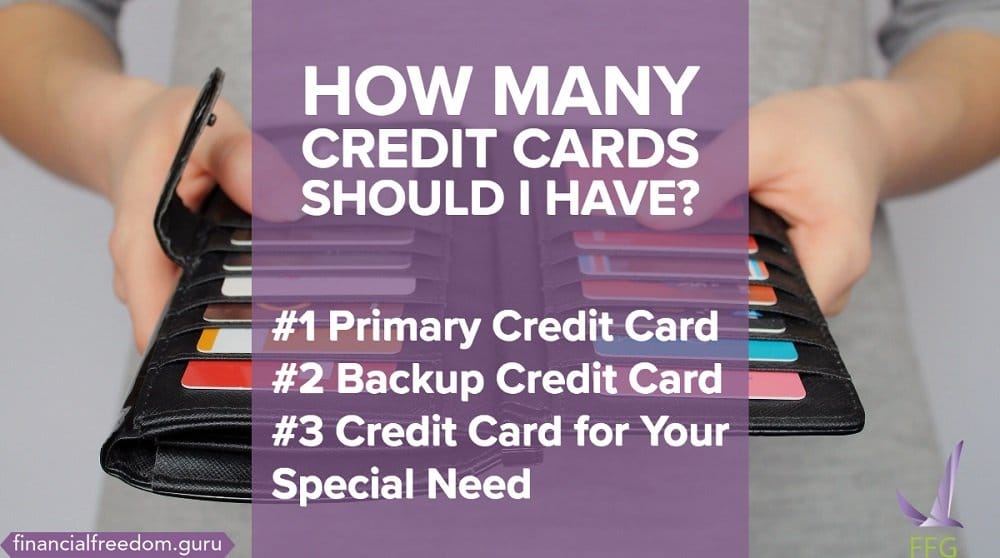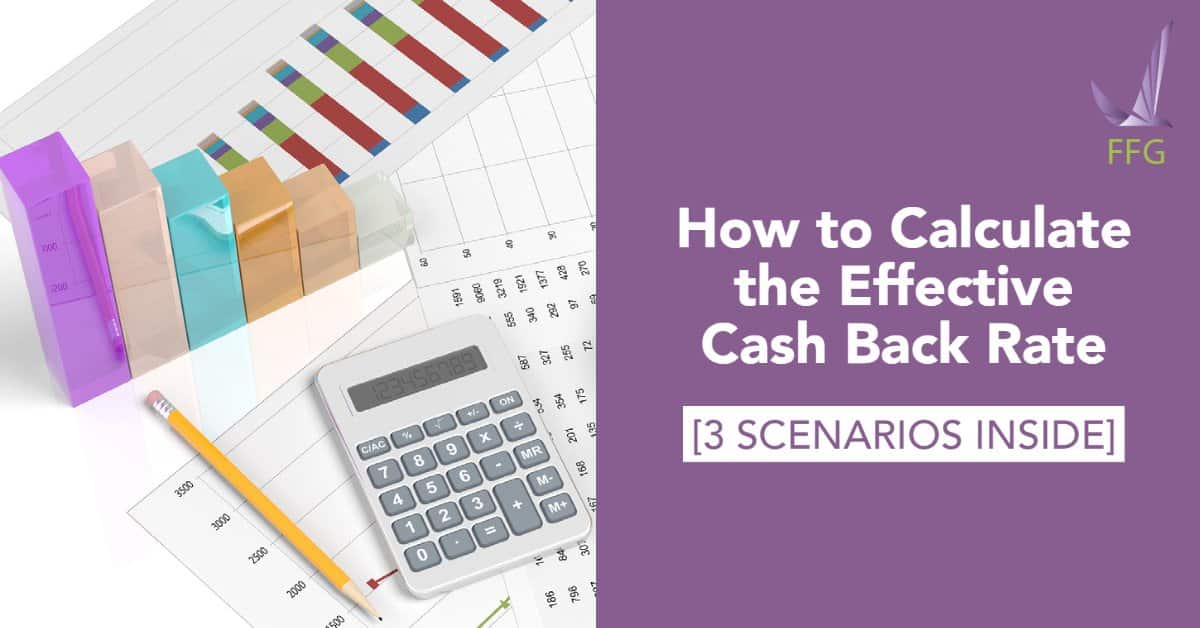Credit Card Issuers: What They Are and What They Do

Table of Contents
Updated: December 1, 2022
If you have a credit card or are looking to apply for one, you’ll hear the term “credit card issuers” often. Who they are, and what they do is a little less clear to most people. Many times, they are often confused with credit card networks. With all the names and logos on your card, can you distinguish the credit card company from the credit card network? Truthfully, whether or not they are two separate entities really depends on the card you’re holding. Let us help you understand what credit card issuers do and how they make money. We’ll teach you how to distinguish them from credit card networks, and who are the top credit card issuers in the market.
How Credit Card Companies Issue Credit Cards
Your credit card issuer is a lender granting you access to their credit using a credit card. Like any other lender, they manage your account from the application to when the account is closed. They decide if to approve or deny your application; they will assume the financial risk if your application is accepted. The issuer uses information from your credit history to set your credit limit, APRs, and other terms of your account.
Credit card issuers are bound by regulations that guide how they can issue credit cards. They also interface with payment processing networks that allow credit card transactions to go through. As they deal with sensitive information, credit card companies must have a security framework to protect their customers. They must also have the bandwidth to process the volume of transactions between their customers, payment networks, and the merchants.
How Credit Card Issuers Earn Money
Credit card issuers earn their income by charging fees and interest from the cards they issue. The amounts they can earn are limited by the Credit Card Accountability, Responsibility, and Disclosure (CARD) Act of 2009. Yet, the industry still manages to earn billions of dollars per year. You pay interest if you carry a balance month-to-month. Some of the fees include an annual fee, a late fee, and a balance transfer fee. All the fees applicable to your account are explained in your credit card agreement.
The credit card issuer also earns money from the other end of the transaction via the merchants. Stores pay 1-3% in fees each time you swipe your card. This fee is further split between your card issuer and your card network.
Upselling other financial services is the third way your card issuer makes money. They may charge a small fee for credit monitoring or identity theft protection services. Every customer who agrees to this monthly additional charge helps the credit card issuers make more money.
Top Credit Card Issuers
The top credit card issuers have just under half a billion cards in circulation combined. They are some of the most popular credit card companies. You may have one or more of their cards in your wallet.
- Chase (91.8 million)
- Capital One (89.4 million)
- Citibank (67.8 million)
- Bank of America (54.6 million)
- Discover (51.4 million)
- American Express (47.5 million)
- Wells Fargo (23.8 million)
- U.S. Bank (21.5 million)
- USAA (7.7 million)
- PNC (4.78 million)
Who Is Your Credit Card Issuer?
To find out who is your credit card issuer, look at the front of your credit card. The issuer’s name is usually on the top of the card. If it is not there, your card may be a private label credit card. With co-branded cards, like your airline credit card, the co-branded name is located at the top of the card. You would then look to the back of the card for the issuer’s name, where it would be in small text.
Why would you need to know your credit card issuer? Remember that they’re the ones that manage your account. If you’re having problems with your card, or you realize that fraud may have occurred, you should contact them first. Even if you just have a general question about your account, it should be the first place you go.
Credit Card Issuers vs. Credit Card Networks
Your credit card issuer manages the customer and merchant interactions with the credit card account. The credit card network has two purposes. The first is to regulate where a credit card can be accepted. The second one is to enable transactions between credit card issuers and the stores. They earn income by charging stores per swipe in order to have the transaction occur. This is usually part of the credit card issuer’s swipe fee.
There are four major credit card networks: Visa, MasterCard, Discover, and American Express. You may have noticed there is a second name/logo on the front of your card, like Visa or MasterCard. This is the credit card network. In some cases, your card only has one name. Many American Express and Discover cards are like this. This means your credit card issuer is also your credit card network.
In some cases, a credit card network may offer benefits to the cardholder through the credit card company. For example, Visa offers all cardholders rental car insurance, regardless of who their credit card issuer may be. Despite this, it is rare that the average credit card customer will contact the credit card company. Most of their activities can be handled with the credit card issuer.
To Recap
Your credit card application is reviewed and approved by your credit card company. The card terms, fees, limit, and interest rates are set by them. They also charge the merchants for swiping your card. Credit card networks allow the credit card account to communicate with the store’s systems so that you can pay. There are four major networks: MasterCard, American Express, Visa, and Discover. While they charge a per-swipe fee for their services, it is usually included in the credit card issuer’s fee.




